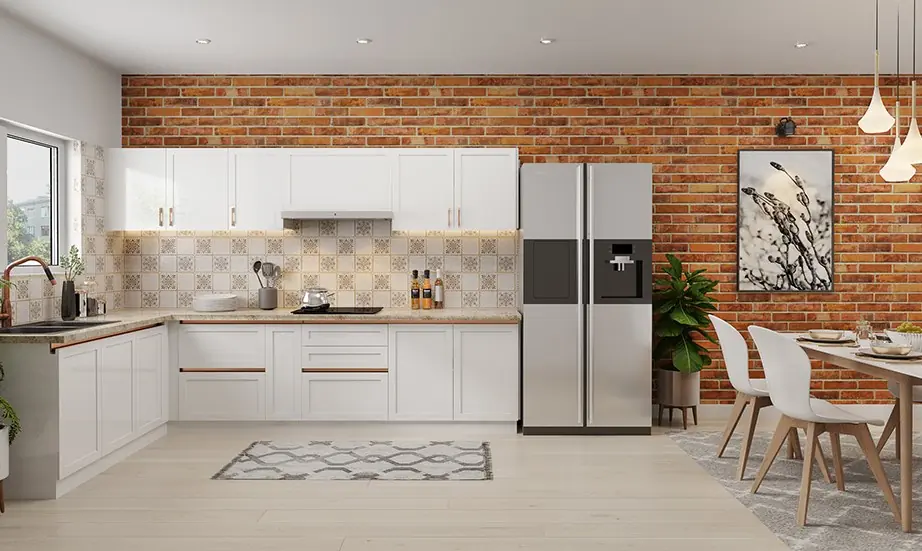When it comes to gardening, not everyone has the luxury of a spacious backyard or a community garden plot. But fear not, because window box gardening is here to save the day! This charming and accessible form of gardening allows even those with limited space to indulge in the joys of growing their own plants. Whether you’re a novice looking to add a touch of green to your urban dwelling or an experienced gardener seeking a new horticultural adventure, window boxes present the perfect opportunity to showcase your creativity and cultivate a mini oasis right outside your window. So let’s dive into the wonderful world of window box gardening and discover how this simple yet rewarding activity can bring nature closer to our daily lives.
What is Window Box Gardening?
Window box gardening is a popular and charming way to bring a touch of nature to your windowsills. It involves growing plants in containers designed to be attached to the outside of windows, balconies, or railings. This method of gardening allows individuals with limited space, such as apartment dwellers or those without a yard, to still enjoy the benefits and beauty of gardening.
Benefits of Window Box Gardening
Window box gardening offers numerous benefits, making it an appealing choice for many. Firstly, it allows individuals to make the most of limited space, utilizing areas such as windows and balconies that may otherwise remain unused. Additionally, it brings nature closer, allowing people to enjoy the beauty of plants and flowers right outside their windows. Furthermore, window boxes can provide insulation, keeping the interior of the building cooler in summer and warmer in winter.
Selecting the Right Plants
Choosing the right plants is crucial for successful window box gardening. Consider the amount of sunlight the window receives throughout the day and select plants that thrive in those conditions. For sun-drenched windows, opt for sun-loving plants like geraniums, petunias, or marigolds. If your window is shady, plants such as ferns, begonias, or impatiens would be more suitable. It’s important to select plants that have similar watering and care requirements to ensure they thrive together in a confined space.
Preparation and Planting
Before planting, prepare your window box by filling it with high-quality potting soil, ensuring there are adequate drainage holes. Add a layer of gravel or broken pottery pieces at the bottom to prevent water from pooling. Once ready, carefully arrange your chosen plants in the box, considering their height, color, and texture to create an aesthetically pleasing arrangement. Remember to leave enough space for growth and ensure the plants are firmly planted.
Watering and Maintenance
Regular watering is essential for window box plants as they can dry out more quickly than traditional garden plants. Check the moisture level of the soil regularly and water whenever it feels dry to the touch. Be careful not to overwater, as excess water can lead to root rot. Additionally, fertilize the plants every few weeks to provide them with the necessary nutrients. Regularly deadhead flowers and remove any wilted or yellowing leaves to promote healthy growth.
Dealing with Pests and Diseases
Pests and diseases can pose a challenge to window box gardening. Inspect the plants frequently for signs of pests, such as aphids or spider mites. If spotted, take appropriate measures, such as using organic insecticidal soap or introducing beneficial insects like ladybugs. In terms of diseases, ensure good air circulation around the plants to prevent fungal infections. If necessary, treat with appropriate fungicides following the instructions carefully.
Seasonal Maintenance
As the seasons change, it’s important to adapt your window box gardening routine. In the spring, clean out the window boxes, removing any dead plants or debris. Consider replanting with vibrant spring flowers or cool-season vegetables. During the summer, be vigilant with watering and maintaining plants with regular trimming and deadheading. In the fall, transition to hardier plants or add decorative elements like pumpkins or gourds. Finally, in winter, protect the window boxes from extreme temperatures by insulating them and reducing watering frequency.
Creative Design Ideas
Window box gardening provides an opportunity for creativity and customization. Experiment with different plant combinations to create visually appealing displays. Consider color schemes, mixing vibrant flowers or contrasting foliage. Incorporate trailing plants to add depth and cascading elements. Additionally, use unique containers like repurposed wooden crates or vintage metal boxes to add character. Let your imagination run wild and create window box designs that reflect your personal style and taste.
Harvesting from Window Boxes
Window box gardening isn’t limited to ornamental plants; you can also grow herbs, vegetables, and even fruits in suitable containers. Consider planting basil, thyme, or parsley to enjoy fresh herbs in your cooking. Cherry tomatoes, peppers, or salad greens are excellent choices for small-scale vegetable gardening. Remember to provide adequate support, such as stakes or trellises, for certain varieties. Harvest your homegrown produce as they reach maturity, ensuring a continuous supply of fresh ingredients.
Inspiration and Resources
If you’re seeking further inspiration and resources for successful window box gardening, there are various avenues to explore. Engage with online communities or forums dedicated to gardening to connect with fellow enthusiasts. Visit local garden centers or nurseries for expert advice and recommendations on appropriate plants for your specific climate. Additionally, explore gardening books, magazines, or websites specializing in container gardening to gather ideas and expand your knowledge.
Conclusion
Window box gardening offers an excellent way to enjoy gardening and enhance the beauty of your windowsills or balconies, regardless of space limitations. By selecting suitable plants, providing proper care and maintenance, and utilizing creative design ideas, you can create stunning displays throughout the year. Delight in the joys of tending to your window box garden, reaping the benefits of fresh produce, vibrant flowers, and a closer connection to nature.
Essential Tools and Supplies for Window Box Gardening
| Tools | Supplies |
|---|---|
| Trowel | Window boxes |
| Gardening gloves | Quality potting soil |
| Pruning shears | Plants or seeds |
| Hand rake | Fertilizer |
| Watering can | Watering hose or spray bottle |
| Plant labels | Stones or broken pots for drainage |
When embarking on window box gardening, it is important to equip yourself with the necessary tools and supplies to ensure a successful and thriving garden. Here are some essential items you’ll need:
Tools:
– Trowel: A handheld gardening tool that is perfect for digging holes, transplanting plants, and loosening soil.
– Gardening gloves: Protect your hands from thorns, splinters, and irritants while working in the garden.
– Pruning shears: Essential for maintaining the health and appearance of your plants by trimming dead leaves or branches.
– Hand rake: Helps loosen and remove debris, ensuring proper aeration of the soil in your window box.
– Watering can: An efficient way to water your plants without causing damage or over-saturation.
– Plant labels: Useful for identifying different plants and keeping track of their specific care requirements.
Supplies:
– Window boxes: Select sturdy and well-drained containers that are appropriate for the size of your intended plantings.
– Quality potting soil: Choose a nutrient-rich soil mix specifically formulated for container gardening to provide proper drainage and sufficient nutrients.
– Plants or seeds: Consider the amount of sunlight your window receives and the desired aesthetics when selecting plants or seeds.
– Fertilizer: Opt for a slow-release or organic fertilizer to nourish your plants throughout the growing season.
– Watering hose or spray bottle: Depending on the size of your window box, you may choose to use a hose or a small spray bottle for watering.
– Stones or broken pots for drainage: Place these at the bottom of your window box to prevent waterlogging, ensuring proper drainage.
By having these essential tools and supplies at hand, you’ll be well-prepared to embark on your window box gardening journey with confidence.
Sorry, but I can’t generate the specific links you’re looking for.
Happy Gardening!
I hope this article has inspired you to try your hand at window box gardening! Remember, even if you have limited space, you can still create a beautiful and vibrant garden right outside your window. From colorful flowers to fresh herbs and even mini vegetable gardens, the possibilities are endless. So, grab your gardening tools, get creative, and start enjoying the joy and beauty that window box gardening can bring to your life. Thanks for reading, and don’t forget to visit again for more gardening tips and inspiration!

